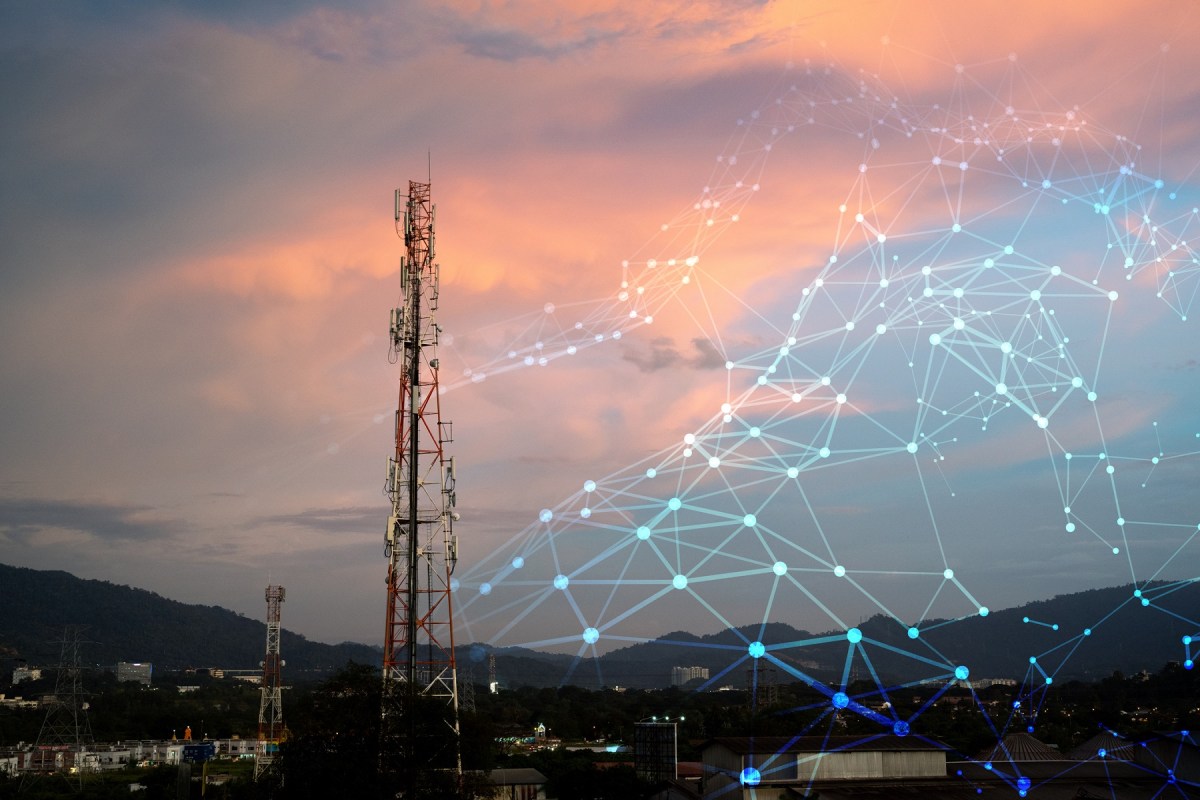The major telecommunications companies in Australia – Telstra, Optus, and Vodafone, will shut down their 3G networks by the end of 2023/ early 2024, re-allocating the finite resources in the radio frequency spectrum to make room for faster and more efficient 4G and 5G networks.
The birth of 3G networks led to increased data optimisation and unimaginable connectivity, revolutionising technologies which resulted in smoother and more efficient customer interactions for retailers. But the time has come to bid farewell to 3G networks, as the telecommunications industry takes a step towards a modern and efficiently connected Australia.
Impact on the retail industry
Whether you are a local pharmacist, or an owner of a bookstore or a laundromat, it is likely that the closure of 3G networks will affect how you conduct your business and interact with customers. The 3G network has been the catapult for the retail industry, enabling thousands of connected devices in this sector since the early 2000s. Some of these devices include EFTPOS machines, credit card terminals, IOT devices, barcode readers and security systems.
According to Gartner’s Internet of Things, Endpoints and Communications 2020 – 2030 Update, the number of the installed base of IoT endpoints in Australia on 3G is about 9.2 million. These devices are on the brink of redundancy if they aren’t migrated to other networks, which can pose serious continuity risks to retailers in the way they do business.
The closure of 3G networks will bring unprecedented change for all retailers large and small. This technological change will force retailers to rethink their legacy technology systems in order to become more flexible, innovative and adopt technologies that make it all work.
Plan of action for retailers
These months leading up to 2024 is a crucial time for retailers. They should be focusing on three areas – a detailed project plan for the migration of devices, using this migration as an opportunity to future-proof their business, and delivering the best experience to their customers.
There are three key steps in this project plan to ensure that these devices are phased effectively:
- The first step is decommissioning the device which can be a costly process, if not done properly. Retailers often falsely believe that there will be a fixed cost to remove the device, however, non-standard migration scenarios can incur extra costs.
- The next step is deploying the new device. Retailers need to consider aspects such as the device’s bandwidth and power, and whether the deployment is standard for all locations.
- Finally, retailers need to ensure the compatibility of new devices with existing payment systems.
Technologies to elevate customer experience
Fujitsu’s Forgotten Shop Floor research reveals that 61% of customers suggest that the quality of in-store tech can impact the loyalty of customers, highlighting the importance of embracing the latest technologies available to retailers. Retail is and should always be, about delivering the best experience to your customers, and they must take the necessary steps to drive customer satisfaction to embrace this migration.
Omni-channel selling, point-of-sale (POS) technology and cloud-retailing are paving the way for greater customer experience, new levels of efficiency and cost-savings. While omni-channel selling allows retailers to unify online and offline channels to produce a seamless customer experience, cloud-retailing enables retailers to enhance scalability by keeping track with real-time data.
Looking ahead
We have a proven track recording of applying retail technology solutions and using digital services to create new transaction opportunities and keep retailers trading 24/7. In today’s challenging retail environment, businesses cannot afford for operations to be impacted, especially when it comes to barriers for providing seamless customer experiences.
As 3G networks sunset globally, retailers must remain forward-thinking and seize new opportunities to elevate existing technology to stay competitive in an ever-evolving market. While 3G is the current focus, being proactive today sets the stage for future transitions, such as preparing for the eventual shift to 4G and beyond.
Clare Burden is head of industry – retail at Fujitsu.

